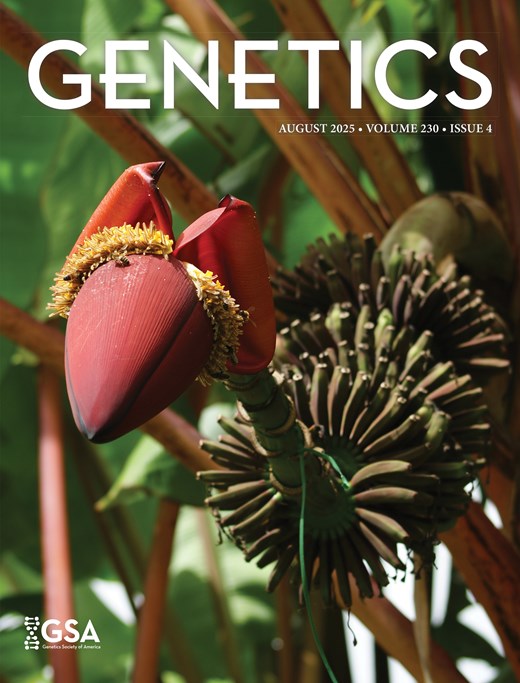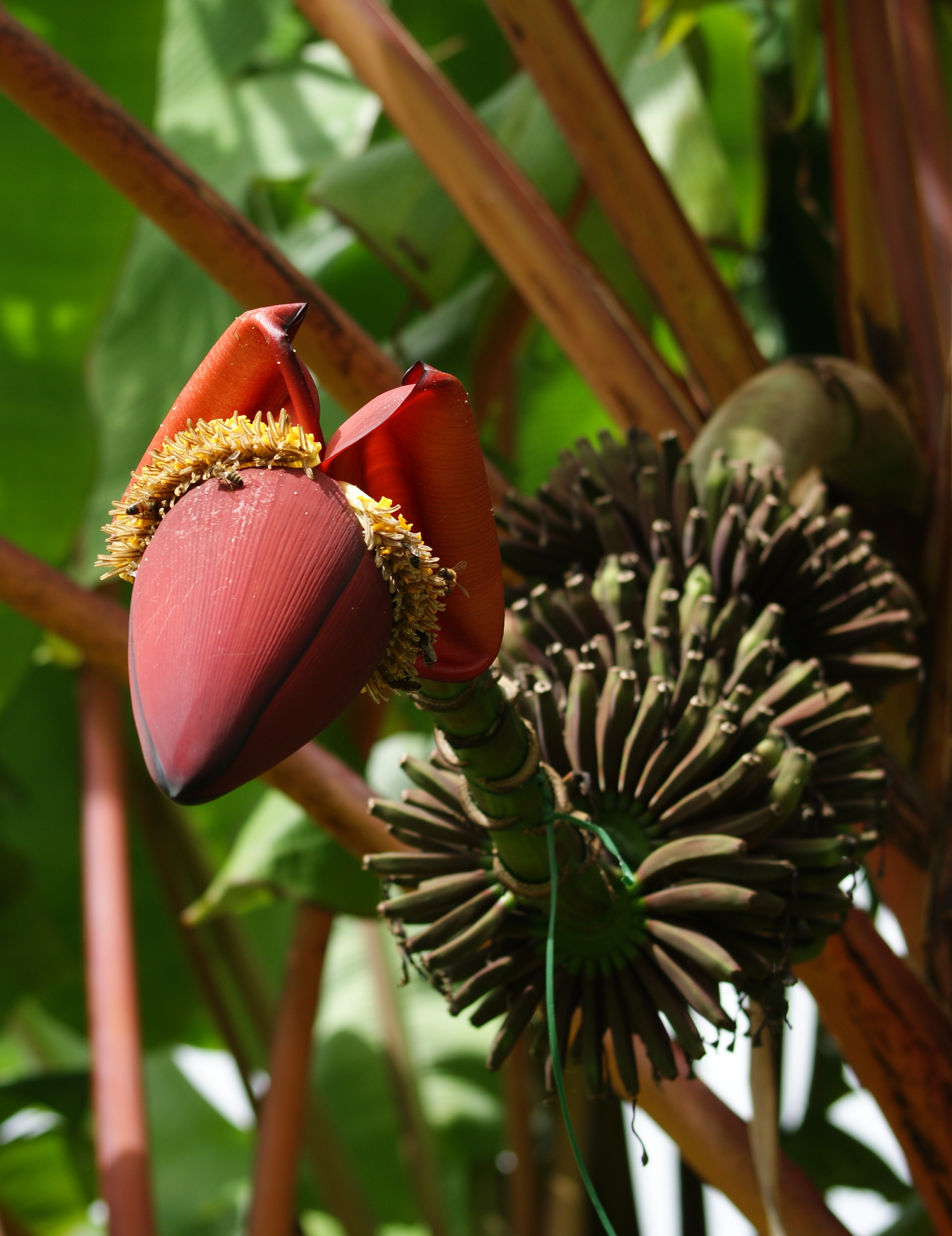
Cover image

Volume 230, Issue 4, August 2025
Call for Papers
Selfish elements: genetics of natural and synthetic systems
The 2025 GSA Honors and Awards
Mentorship and acts of kindness
Brief Investigation
Genome Integrity and Transmission
The bur1-107 mutant delays G1/S transition and alleviates hydroxyurea sensitivity in checkpoint-deficient yeast
Investigation
Experimental Technologies and Resources
Toward more sustainable research: reducing the environmental impact when working with Drosophila
Gene Expression
A unified framework governing the establishment and maintenance of transgenerational epigenetic inheritance
Trans-regulatory loci shape natural variation of gene expression plasticity in Arabidopsis
Genetics of Complex Traits
Analysis of lifespan across diversity outbred mouse studies identifies multiple longevity-associated loci
Mullis et al. set out to map and characterize genetic loci that affect lifespan in mice. The authors collected >2,400 mice with lifespan and genotype data. The data were from multiple studies and environments which allowed us to further explore context-specific genetic effects. They identified eight loci that affect lifespan, one of which influenced lifespan in a sex-specific manner, as well as one environment-specific locus. In total these loci explain greater than half of the estimated genetic contribution to lifespan. The authors conclude that lifespan is a highly complex genetic trait.
Genetic analysis of stress hormone levels in hair of healthy nursery pigs and their relationships with backtest responses
Young pigs experience multiple non-infectious stressors, producing stress hormones that are captured in hair. Kayondo et al. determined the genetic basis of the levels of stress hormones in hair of young, clinically healthy pigs. The authors found that some are heritable, and that the hair cortisol level is a potential genetic biomarker of a pig’s coping style to non-infectious stress. They also identified a major gene for cortisol levels in hair. Results can facilitate the selection of pigs that cope better with non-infectious stressors.
Genome Integrity and Transmission
Analysis of combinatorial cohesin subunit gene deletions in budding yeast
Population and Evolutionary Genetics
A rapid accurate approach to inferring pedigrees in endogamous populations
On the patterns of genetic intra-tumor heterogeneity before and after treatment
The regulatory architecture of gene expression variation in Caenorhabditis elegans revealed by multi-strain allele-specific analysis
Evolution of GC-biased gene conversion by natural selection
Efficient epistasis inference via higher-order covariance matrix factorization
Genomic evidence of spatially structured gene flow and divergent insecticide resistance backgrounds of the malaria vector Anopheles funestus in Tanzania
Odero et al. aimed to understand genetic diversity in Anopheles funestus mosquitoes across Tanzania to inform malaria control. The authors sequenced 334 mosquitoes from 11 regions, revealing population divisions into Eastern and Western mosquito groups that showed distinct genetic profiles at resistance genes, indicating limited migration between regions despite some connectivity. This informs targeted insecticide use and genetic-based control strategies. It provides crucial insights highlighting the need for further research on how these genetic differences affect malaria transmission dynamics.


